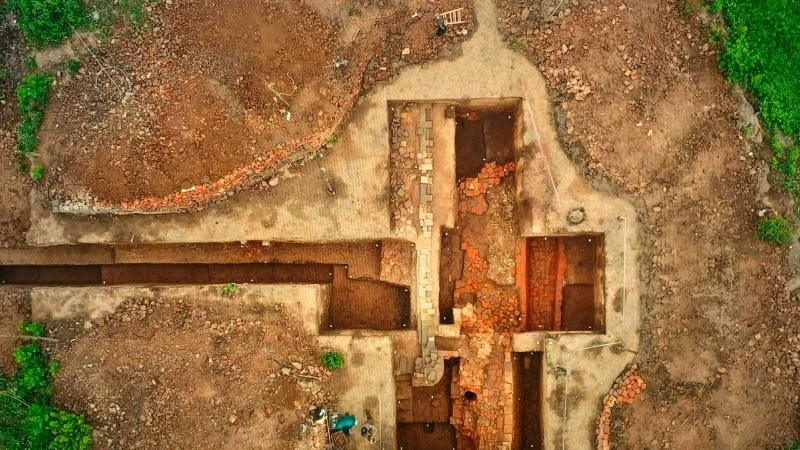 |
| Panoramic view of the excavation pit of Luy Lau ancient citadel relic, Bac Ninh. |
Luy Lau Citadel is located on the banks of the ancient Dau River, Thuan Thanh town, Bac Ninh province. This place used to be the political, economic-commercial, cultural, religious center and the largest urban area in northern Vietnam during the first 10 centuries AD. The results of archaeological excavation research show that the quantity and types of relics and artifacts in Luy Lau are extremely rich and diverse, attracting the attention of domestic and foreign researchers.
From 2012 to present, the National Museum of History (Vietnam), the Department of Culture, Sports and Tourism of Bac Ninh and the University of East Asia (Japan) have carried out a cooperation program with 8 excavations (including 7 joint excavations between Vietnam and Japan) along with many field trips and surveys, focusing on researching the Inner Citadel and the Outer Citadel wall area, obtaining many new results, determining the changes in the scale of the citadel, the construction stages, architectural traces, residences and traces of the outer moat..., in which more than 2,300 pieces of bronze drum molds were discovered.
To further clarify the mysteries within the ancient citadel of Luy Lau and promote international academic research cooperation, the National Museum of History (Vietnam) and the University of East Asia (Japan) continue to sign the third phase of the cooperation program (2024-2029).
Specifically, from March 25 to the end of April 2025, scientists conducted archaeological excavations at the western outer wall location, with a total area of about 76m2 , under the leadership of Professor Hoang Hieu Phan, Dong A University (Japan) and Mr. Le Van Chien, National Museum of History.
During the excavation, archaeologists discovered many valuable architectural vestiges, notably the architectural foundation built with blue-gray rectangular bricks, running along the wall towards the Dau River. The foundation is about 3.3m long, built with a double wall 40cm wide, many sections still preserve up to eight rows of bricks; in particular, the flat western face is stepped, showing the solid and sophisticated construction techniques of the ancient residents.
 |
Relics of drainage ditches and brick walls from the Six Dynasties period (4th-5th centuries). |
According to archaeologists, this is a very valuable discovery, showing that the western side of the Outer Wall was built with bricks, solidly built, using very skillful materials, with different thicknesses to build but still creating continuity and aesthetics. Bricks for building the wall were reused, dating from the 1st-5th century, large bricks, still quite intact, were used to build the exterior, inside the wall, the layers were built with smaller broken bricks, arranged in layers corresponding to the rows built on the outside, large joints filled with soil.
This construction technique has been seen in the construction of thick walls in later-dated relics such as the Hoa Lai tower wall (Ninh Thuan) which was also built similarly to the one here. Based on the stratigraphy and construction materials, archaeologists believe that this section of the wall was built during the Luc Trieu period in the 5th century.
In addition, in the wall reinforcement layer, archaeologists recorded the use of broken bricks from the 7th-9th centuries, reusing bricks from the 6th century, reflecting the process of inheriting construction techniques through many historical periods. Relics such as Nguyen Dynasty architectural foundations made of lime mortar, bamboo piles to prevent subsidence further prove the continuous development of this area in the flow of history.
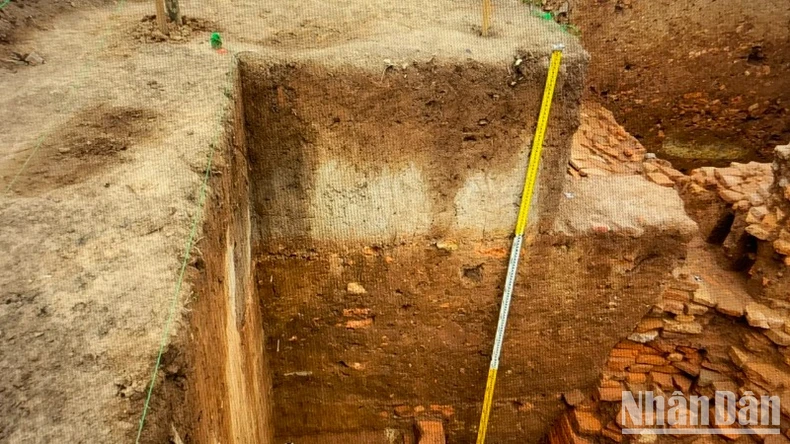 |
The layer of earth built during the Six Dynasties period (5th-6th century). |
Notably, the artifacts collected in this archaeological excavation are very rich, including rectangular bricks, grapefruit-segment bricks, and quite rich decorative patterns such as: grid-shaped diamond patterns, concentric circles, S-shaped shapes in light yellow, red, and blue-gray. Tiles are in the form of tubes and troughs. In addition, there are pieces of household items made of terracotta, porcelain, and glazed ceramics in various shapes such as bowls, plates, vases, jars, etc.
According to Mr. Le Van Chien, the results of this excavation have added a lot of valuable new knowledge about the construction process, existence, transformation and age of Luy Lau citadel in general and the construction of Ngoai citadel wall, especially Ngoai citadel in the west. Therefore, specialized agencies and local authorities should soon have a plan to protect the current status, research on on-site exhibition plans, contributing to promoting the unique historical and cultural values of Luy Lau citadel to the public and international friends.
The results of collaborative research in recent years on Luy Lau citadel have contributed many new insights into the Luy Lau citadel relic. However, to have a clearer view of the appearance of the citadel, there are still many issues that need to be further researched and studied to clarify the historical mysteries hidden underground.
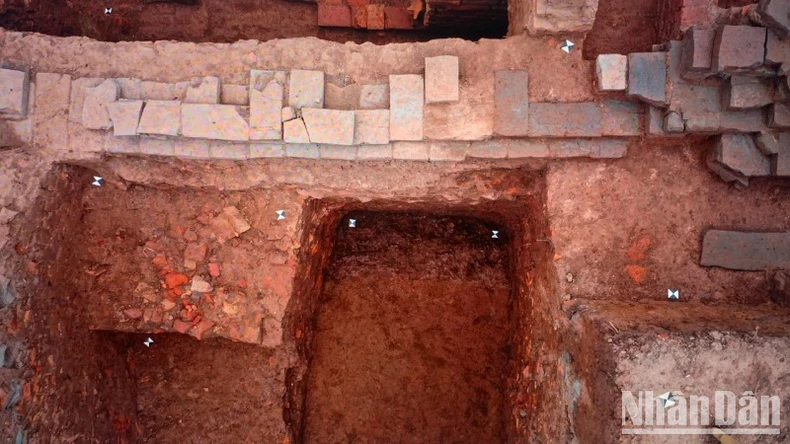 |
Relics of Sui and Tang Dynasty architecture (7th-9th centuries). |
Source: https://baotuyenquang.com.vn/phat-hien-nhieu-dau-tich-quan-trong-cua-thanh-co-luy-lau-bac-ninh-211302.html


![[Photo] National Assembly Chairman works with leaders of Can Tho city, Hau Giang and Soc Trang provinces](https://vphoto.vietnam.vn/thumb/1200x675/vietnam/resource/IMAGE/2025/5/11/c40b0aead4bd43c8ba1f48d2de40720e)


![[Photo] National Assembly Chairman Tran Thanh Man attends the Party Congress of the Committee for Culture and Social Affairs](https://vphoto.vietnam.vn/thumb/1200x675/vietnam/resource/IMAGE/2025/5/11/f5ed02beb9404bca998a08b34ef255a6)

![[Photo] Discover the beautiful scenery of Wulingyuan in Zhangjiajie, China](https://vphoto.vietnam.vn/thumb/1200x675/vietnam/resource/IMAGE/2025/5/11/1207318fb0b0467fb0f5ea4869da5517)










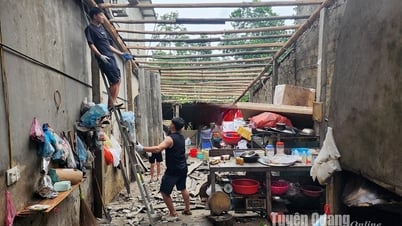
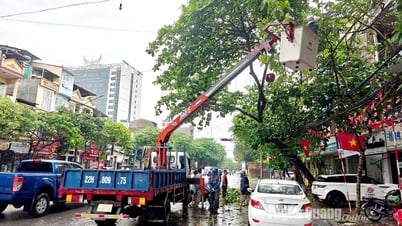




![[Photo] Prime Minister Pham Minh Chinh chairs the fourth meeting of the Steering Committee for Eliminating Temporary and Dilapidated Houses](https://vphoto.vietnam.vn/thumb/1200x675/vietnam/resource/IMAGE/2025/5/11/e64c18fd03984747ba213053c9bf5c5a)



































































Comment (0)